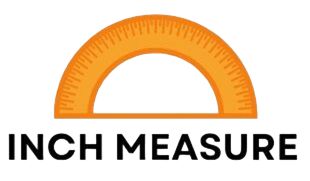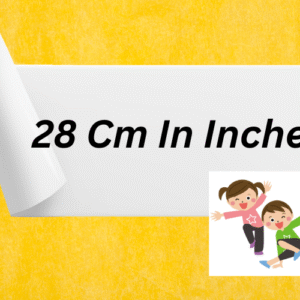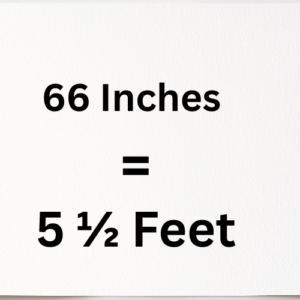Visualizing measurements like 5 centimeters (cm) can be tricky without context. Five centimeters, equivalent to 50 millimeters or roughly 1.97 inches, is a small but significant length in everyday life. To make this measurement relatable, this article explores what 5 cm looks like, followed by 12 common objects that are approximately 5 cm long or wide. From kitchen utensils to tech gadgets, each section provides detailed insights into the object’s dimensions, uses, and relevance, supported by informative tables for quick reference. Whether you’re estimating 5 cm without a ruler or curious about its scale, this comprehensive guide offers clarity and practical examples.
How Big Is 5 Cm?

Five centimeters is a compact measurement, often encountered in daily life but not always intuitive to visualize. It equals 50 millimeters, 1.97 inches, or 0.05 meters. To put it in perspective, 5 cm is roughly the width of two fingers side by side or the length of a small stack of coins. This size is common in objects designed for portability or precision, like tools, electronics, or personal items. Understanding 5 cm is useful for tasks like measuring small spaces, crafting, or estimating sizes without tools. The table below compares 5 cm to other units and provides visual analogies to aid comprehension.
| Measurement | Value | Visual Analogy |
| Centimeters | 5 cm | Length of a AA battery |
| Millimeters | 50 mm | Width of a credit card |
| Inches | 1.97 in | Two stacked quarters |
| Meters | 0.05 m | Half the length of a pen |
| Feet | 0.164 ft | Length of a small paperclip (straight) |
This section sets the stage for exploring 12 objects that embody this measurement, making 5 cm tangible and relatable.
1. A Standard Teaspoon
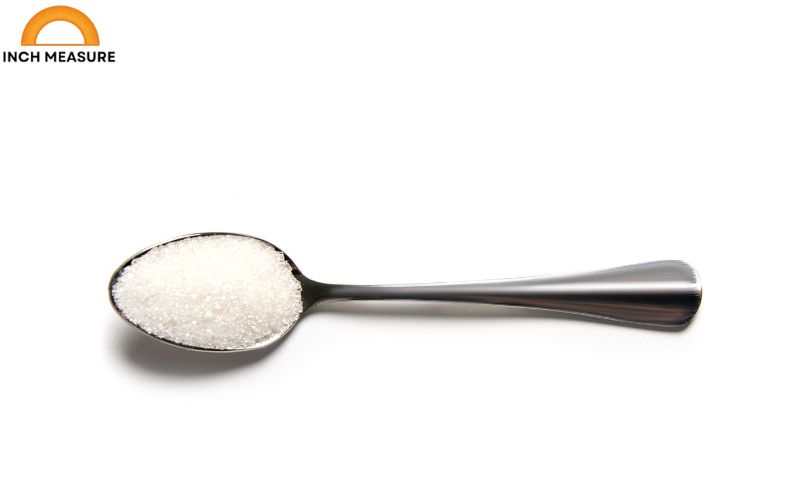
The bowl of a standard teaspoon, used for measuring ingredients, is typically about 5 cm long. While the entire spoon may be 12–15 cm, the bowl—the part that holds liquid or spices—aligns closely with 5 cm. This makes teaspoons a practical reference for visualizing this measurement in the kitchen.
Teaspoons are essential for cooking and baking, holding approximately 5 milliliters of ingredients like sugar or salt. Their compact size ensures precision in recipes requiring small quantities. If you need to estimate 5 cm, grab a teaspoon and observe the bowl’s length—it’s a quick, reliable guide. Variations in design exist, but the 5 cm mark is a good average for most teaspoons.
| Feature | Details |
| Length (Bowl) | ~5 cm |
| Common Uses | Measuring ingredients, stirring |
| Material | Metal, plastic |
| Availability | Kitchens, dining sets |
Next time you’re cooking, use a teaspoon to gauge 5 cm—it’s a universal and accessible tool.
2. A AA Battery
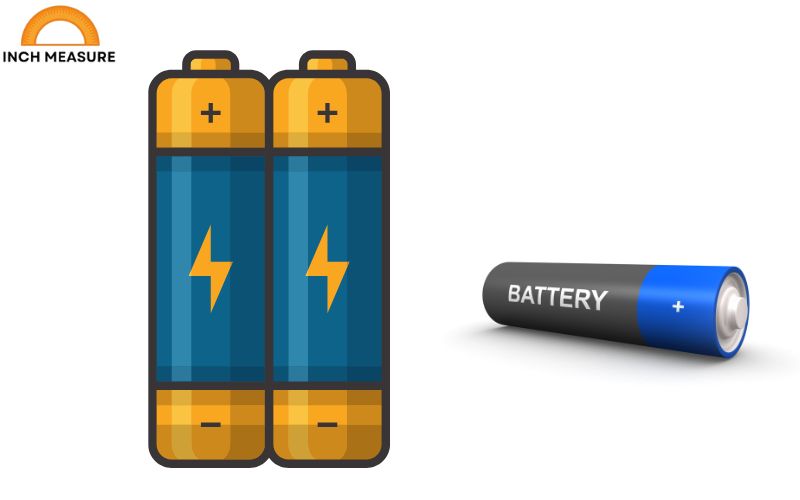
A AA battery measures approximately 5.05 cm in length, making it an almost exact match for 5 cm. These batteries power devices like remote controls, flashlights, and toys, making them a familiar reference point.
The cylindrical shape, with a 1.4 cm diameter, fits comfortably in the hand, offering a tactile sense of 5 cm. If you’re without a ruler, picturing or holding a AA battery provides an instant estimate. Their global standardization ensures consistent dimensions across brands, enhancing their reliability as a reference.
| Feature | Details |
| Length | ~5.05 cm |
| Common Uses | Remote controls, flashlights |
| Material | Metal, alkaline components |
| Availability | Households, electronics stores |
When replacing a battery, note its length—it’s a practical way to visualize 5 cm.
3. A Standard Paperclip
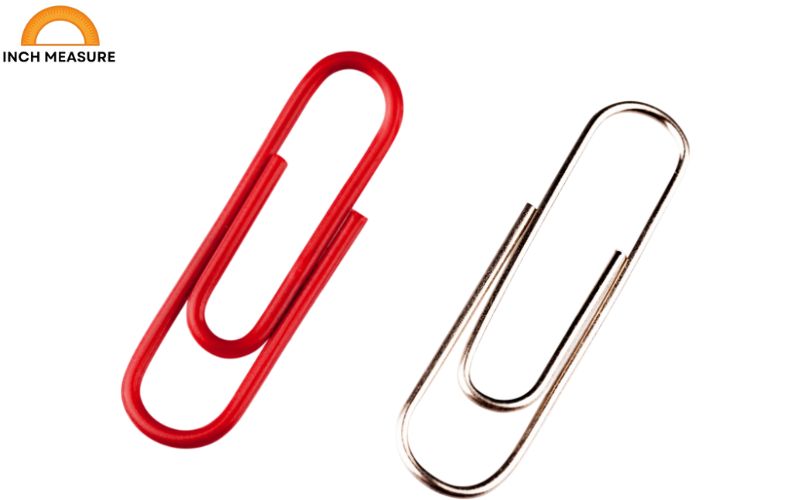
A straightened standard paperclip measures about 5–6 cm, with the average hovering near 5 cm. Even in its bent form, the longest dimension is often close to 5 cm, making it a handy office reference.
Paperclips secure papers or serve as makeshift tools, and their small size makes them portable. Straightening one provides a quick 5 cm estimate. Their metal construction and uniform size ensure reliability across settings.
| Feature | Details |
| Length (Straightened) | ~5–6 cm |
| Common Uses | Securing papers, small fixes |
| Material | Metal |
| Availability | Offices, homes, schools |
Next time you’re organizing documents, straighten a paperclip to see 5 cm in action.
4. A Credit Card’s Width
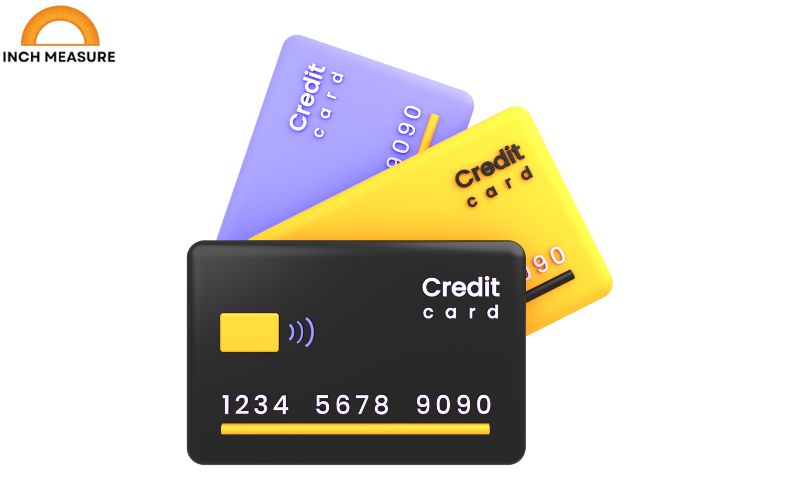
A standard credit card’s width is approximately 5.4 cm (per ISO/IEC 7810: 8.56 cm long, 5.398 cm wide), making it a close match for 5 cm. Carried in wallets worldwide, credit cards are a convenient reference.
Their standardized size ensures consistency, and their width is ideal for estimating 5 cm. Holding a card sideways provides a quick visual cue, useful for measuring small objects or spaces.
| Feature | Details |
| Width | ~5.4 cm |
| Common Uses | Payments, ID cards |
| Material | Plastic |
| Availability | Wallets, purses |
Check your wallet—use a credit card’s width to estimate 5 cm effortlessly.
5. A Large Chicken Egg
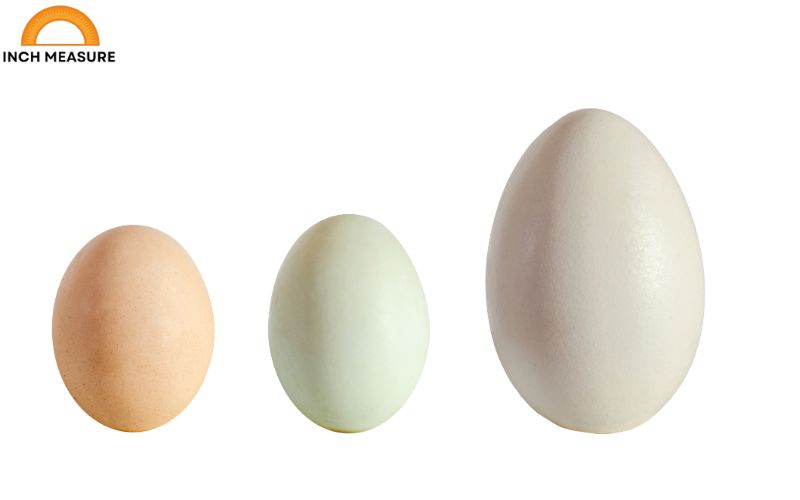
A large chicken egg is typically 5–5.5 cm long, making it a natural example of 5 cm. Eggs are staples in kitchens, used for cooking or baking, and their size is relatable.
The egg’s oval shape means slight variations, but large eggs average close to 5 cm. Holding one provides a tactile sense of this length, ideal for quick estimates without tools.
| Feature | Details |
| Length | ~5–5.5 cm |
| Common Uses | Cooking, baking |
| Material | Organic (eggshell) |
| Availability | Kitchens, grocery stores |
Next time you’re cooking, use an egg to visualize 5 cm naturally.
6. A USB Flash Drive
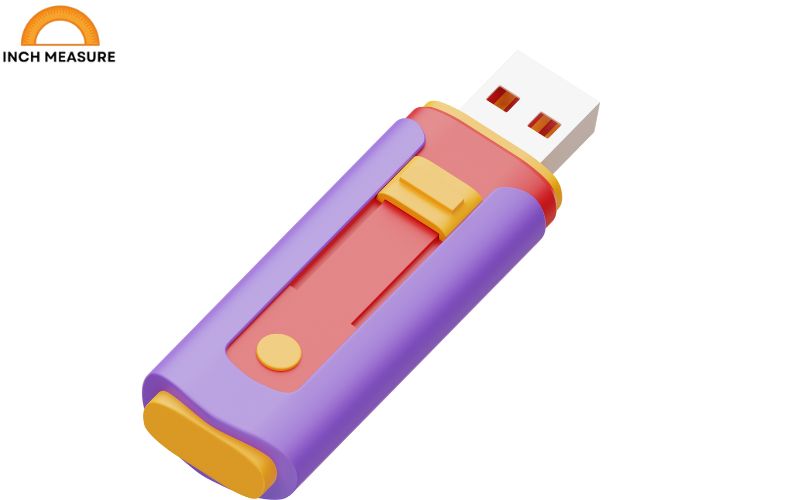
Many USB flash drives are approximately 5 cm long (4.5–5.5 cm), making them a modern reference for this measurement. Used for data storage, they’re common in homes and offices.
The drive’s body (excluding the connector) aligns with 5 cm, offering a quick estimate when held. Their portability and sleek design make them ideal for visualizing this length.
| Feature | Details |
| Length | ~4.5–5.5 cm |
| Common Uses | Data storage, transfer |
| Material | Plastic, metal |
| Availability | Offices, schools, homes |
Plug in a USB drive and note its length—it’s a tech-savvy 5 cm reference.
7. A Lipstick Tube
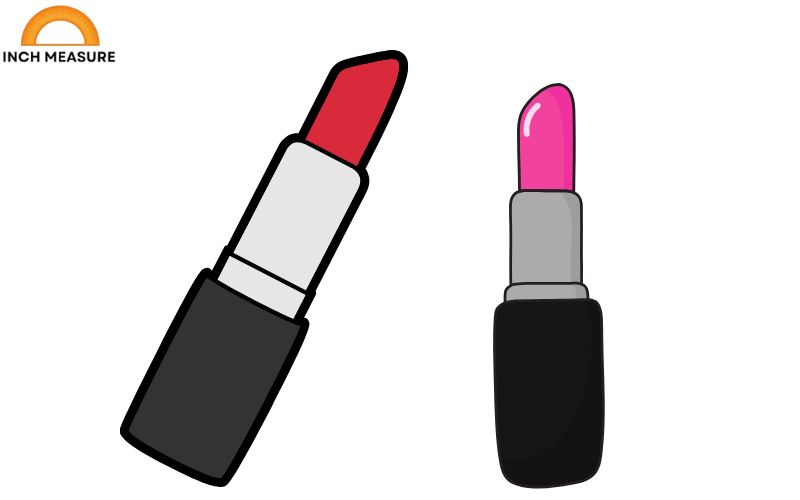
A standard lipstick tube (without the cap) is about 5 cm long (4.5–5.5 cm). A common cosmetic item, it’s a stylish reference for 5 cm.
Its cylindrical, lightweight design makes it easy to hold and estimate 5 cm. Lipstick tubes are portable, fitting in purses or makeup bags, and their size is consistent across brands.
| Feature | Details |
| Length | ~4.5–5.5 cm |
| Common Uses | Cosmetic application |
| Material | Plastic, metal |
| Availability | Makeup kits, purses |
Grab a lipstick tube to see 5 cm in a fashionable context.
8. A Keychain
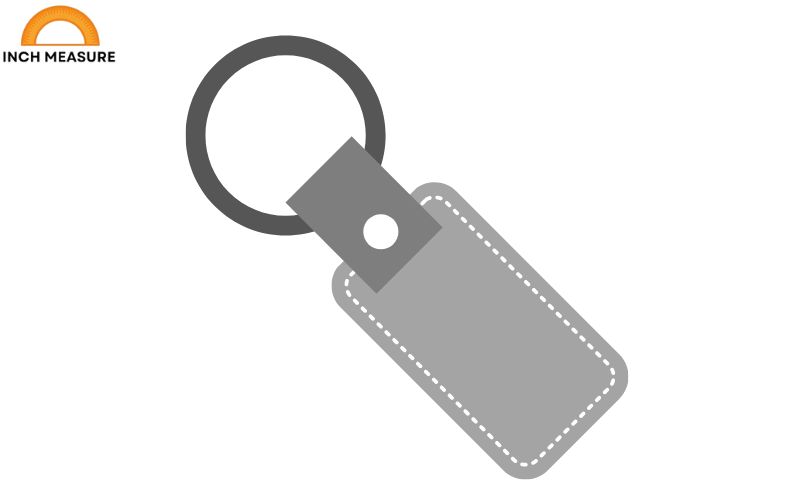
The main body of many keychains (excluding the ring) is around 5 cm long. Keychains, attached to keys or bags, are a portable reference for this measurement.
Their varied designs mean some variation, but 5 cm is a good average. Holding a keychain’s pendant or fob provides a quick estimate of this length.
| Feature | Details |
| Length (Body) | ~5 cm |
| Common Uses | Key organization, decoration |
| Material | Metal, plastic, fabric |
| Availability | Keyrings, bags |
Check your keychain—it’s a handy way to visualize 5 cm.
9. A Small Matchstick
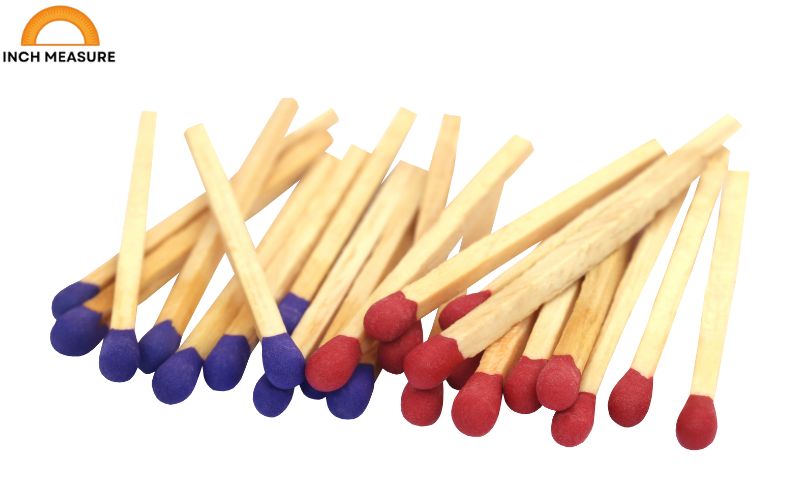
A standard matchstick is approximately 4.8–5 cm long, making it an excellent reference for 5 cm. Used for lighting fires, matches are found in homes and camping kits.
Their thin, wooden design makes 5 cm easy to visualize. Holding a matchstick offers a quick estimate, and their standardized size ensures consistency.
| Feature | Details |
| Length | ~4.8–5 cm |
| Common Uses | Lighting candles, fires |
| Material | Wood, chemical tip |
| Availability | Households, camping gear |
Light a match and note its length—a simple 5 cm reference.
10. A Bottle Cap
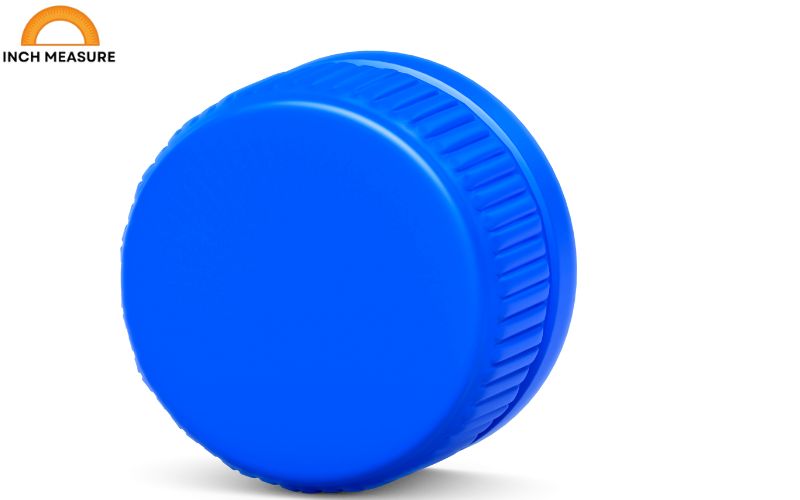
The diameter of a standard bottle cap (e.g., on water or soda bottles) is about 4.5–5.5 cm, making it a circular reference for 5 cm. Bottle caps are ubiquitous, found on beverages everywhere.
Their flat, round shape helps visualize 5 cm in two dimensions. Checking a cap’s diameter provides a quick estimate for this measurement.
| Feature | Details |
| Diameter | ~4.5–5.5 cm |
| Common Uses | Sealing bottles |
| Material | Plastic, metal |
| Availability | Beverages, recycling bins |
Open a bottle and check the cap—it’s a practical 5 cm guide.
11. A Golf Ball
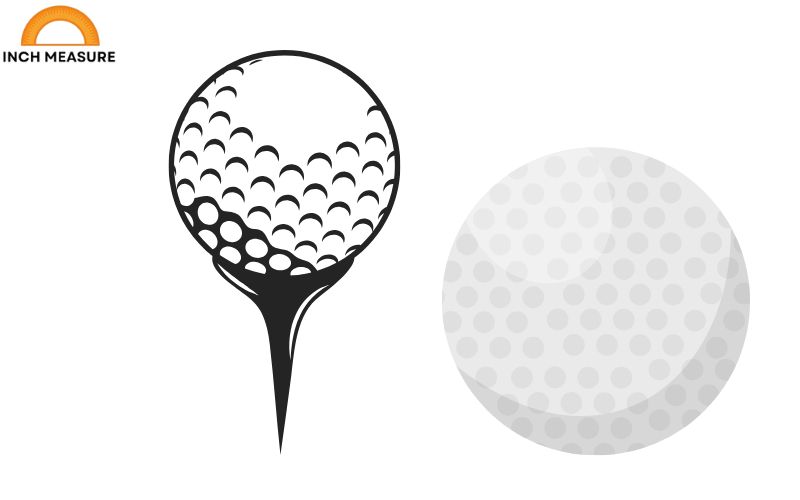
A standard golf ball has a diameter of at least 4.267 cm, but with its dimpled surface, it feels closer to 5 cm. Golf balls are recognizable, making them a sporty reference.
Their spherical shape offers a three-dimensional sense of 5 cm. Holding a golf ball provides a tactile estimate, and their standardized size ensures reliability.
| Feature | Details |
| Diameter | ~4.3–5 cm (with dimples) |
| Common Uses | Golf, sports |
| Material | Plastic, rubber |
| Availability | Golf courses, sports stores |
Grab a golf ball to feel 5 cm in a sporty context.
12. A Smartphone’s Thickness (Stacked)
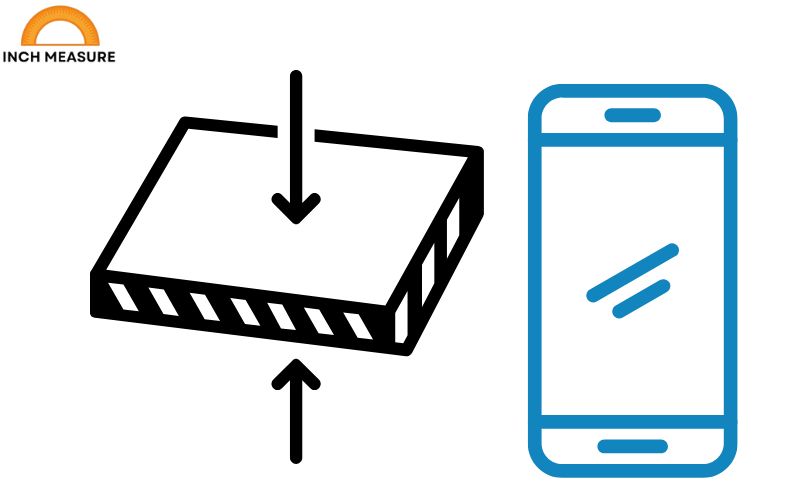
A single smartphone is about 0.7–1 cm thick, so stacking five or six approximates 5 cm. Smartphones are universal, making this a creative reference.
Stacking phones (or imagining it) provides a tactile sense of 5 cm. This method is useful when single 5 cm objects aren’t available.
| Feature | Details |
| Thickness (Stacked) | ~5 cm (5–6 phones) |
| Common Uses | Communication, computing |
| Material | Metal, glass, plastic |
| Availability | Pockets, bags, homes |
Stack a few phones to estimate 5 cm creatively.
See Also: 15 Everyday Things That Are 2 Centimeters Long/Big
Conclusion
Five centimeters is a small but versatile measurement, brought to life through 12 common objects: teaspoons, AA batteries, paperclips, credit cards, eggs, USB drives, lipstick tubes, keychains, matchsticks, bottle caps, golf balls, and stacked smartphones. Each object, supported by detailed descriptions and tables, offers a practical way to visualize 5 cm. Whether you’re in the kitchen, office, or on the go, these references make estimating 5 cm intuitive and engaging. Next time you need to gauge this length, think of one of these objects—it’s a simple, effective way to understand scale.
Convert Inches to Meters, cm, mm, and Feet
Converted Values:
Meters (m): 1.016
Centimeters (cm): 101.60
Millimeters (mm): 1016.00
Feet (ft): 3.33
